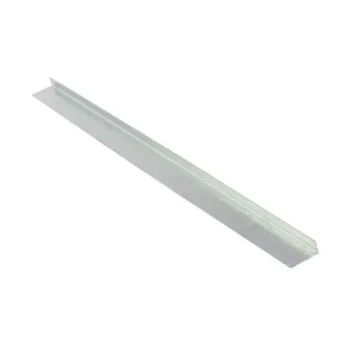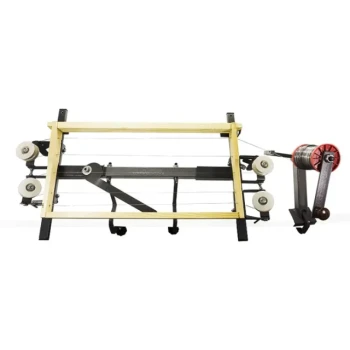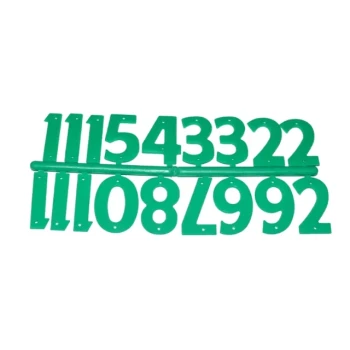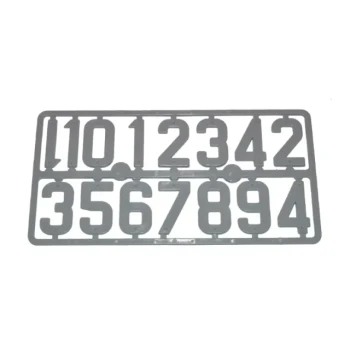As a general principle, you should begin replacing your beehive frames on a rotating cycle every 4 to 5 years. This is not merely for structural integrity; it is a critical measure to protect your colony from the slow accumulation of pesticides, chemicals, and disease pathogens that become embedded in the wax comb over time.
The core takeaway is that replacing frames is a proactive hive health strategy. Old wax acts like a sponge, absorbing environmental toxins and beekeeper-applied treatments, eventually creating a hazardous environment that can weaken the entire colony.
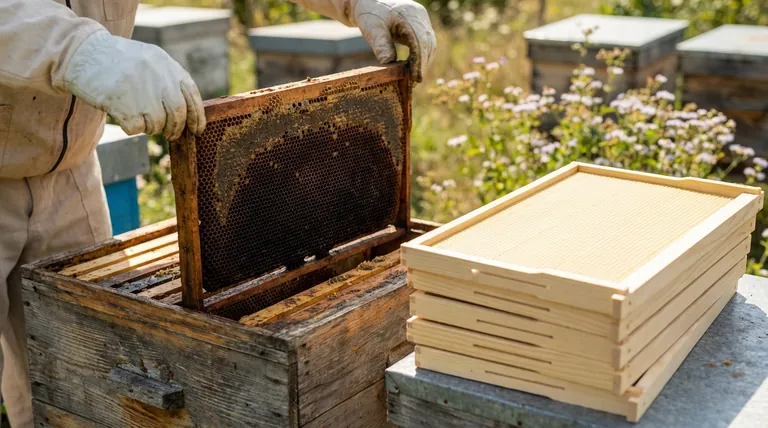
Why Old Comb Becomes a Liability
The beeswax comb is the heart of the colony—it's the nursery for brood, the pantry for food, and the central communication hub. However, its absorbent, fatty nature makes it a sink for contaminants.
The Problem of Chemical Accumulation
Wax readily absorbs lipidsoluble chemicals. This includes pesticides your bees may encounter while foraging and any miticides or treatments you use inside the hive for pest control. Over several years, these residues build up to levels that can harm brood development and stress the adult bee population.
The Risk of Disease Buildup
Old, dark comb can harbor spores from bee diseases like foulbrood and chalkbrood. It can also house pests and their eggs. Continuously reusing old comb gives these pathogens a permanent reservoir within the hive, making it much harder for the colony to remain healthy.
Reduced Brood Cell Size
With every generation of brood raised in a cell, a tiny cocoon is left behind. Over many cycles, this buildup slightly reduces the cell's volume. This can lead to progressively smaller, potentially less robust adult bees being raised in that comb.
The Systematic Frame Replacement Strategy
You should not replace all the frames at once, as this would be a massive setback for the colony. A gradual, systematic approach is the professional standard.
The 4-5 Year Rotation Cycle
A common best practice is to replace about 20-25% of your frames each year. For a standard 10-frame hive body, this means replacing 2-3 of the oldest frames annually. This ensures that no frame remains in the hive for more than 5 years.
How to "Checkerboard" New Frames
When adding the new frames with fresh foundation, do not place them all together. Instead, checkerboard them by alternating them with existing drawn-out combs (e.g., new frame, old frame, new frame). This encourages the bees to build out the new foundation more quickly and evenly.
When to Mark Your Frames
Get into the habit of marking your frames with the year you installed them. A permanent marker on the top bar is sufficient. This simple act removes all guesswork and allows you to see at a glance which frames are due for rotation.
Immediate vs. Scheduled Replacement
While the 4-5 year cycle is for routine health, some situations require immediate action.
Damaged or Warped Frames
You must replace broken or warped frames as soon as you find them. Damaged equipment compromises the hive's structural integrity, creating gaps that invite pests like wax moths and make it harder for bees to defend their colony or regulate temperature.
Signs of Disease or Pests
If you identify a frame with heavy wax moth damage, evidence of significant disease, or an excessive number of drone cells (a sign of a failing queen), it should be removed immediately, regardless of its age. These frames should typically be destroyed (often by burning) to eliminate the threat.
Making the Right Choice for Your Hive
A clear frame management plan is essential for sustainable beekeeping. Use these guidelines to structure your approach.
- If you are starting a new hive: Begin marking your frames with the year immediately to establish a clear rotation schedule from day one.
- If you have an established hive with unknown frame ages: Identify the 2-3 darkest, most worn-looking combs in each brood box and schedule them for replacement this year.
- If your primary focus is honey production: Healthy bees make more honey. Prioritize replacing frames in the brood boxes first, as this is where hive health begins.
Consistent frame rotation is a simple, powerful tool for ensuring the long-term vitality and productivity of your colonies.
Summary Table:
| Replacement Scenario | Timeline/Action | Key Reason |
|---|---|---|
| Routine Replacement | Every 4-5 years (20-25% of frames annually) | Prevents accumulation of pesticides, chemicals, and disease pathogens in old wax comb. |
| Immediate Replacement | As soon as detected | Required for broken/warped frames or signs of severe disease/pests to maintain hive integrity. |
| Starting a New Hive | Mark frames with year of installation | Establishes a clear, manageable rotation schedule from the beginning. |
Upgrade Your Apiary's Health with Professional-Grade Equipment
A systematic frame replacement strategy is fundamental to successful, sustainable beekeeping. Ensure your colonies have the best foundation with durable, reliable supplies from HONESTBEE.
We supply commercial apiaries and beekeeping equipment distributors with the high-volume, wholesale-focused equipment needed to implement robust hive management plans efficiently.
Let us help you protect your investment and maximize your hive's productivity.
Contact HONESTBEE today for wholesale inquiries on frames, foundations, and other essential beekeeping supplies.
Visual Guide
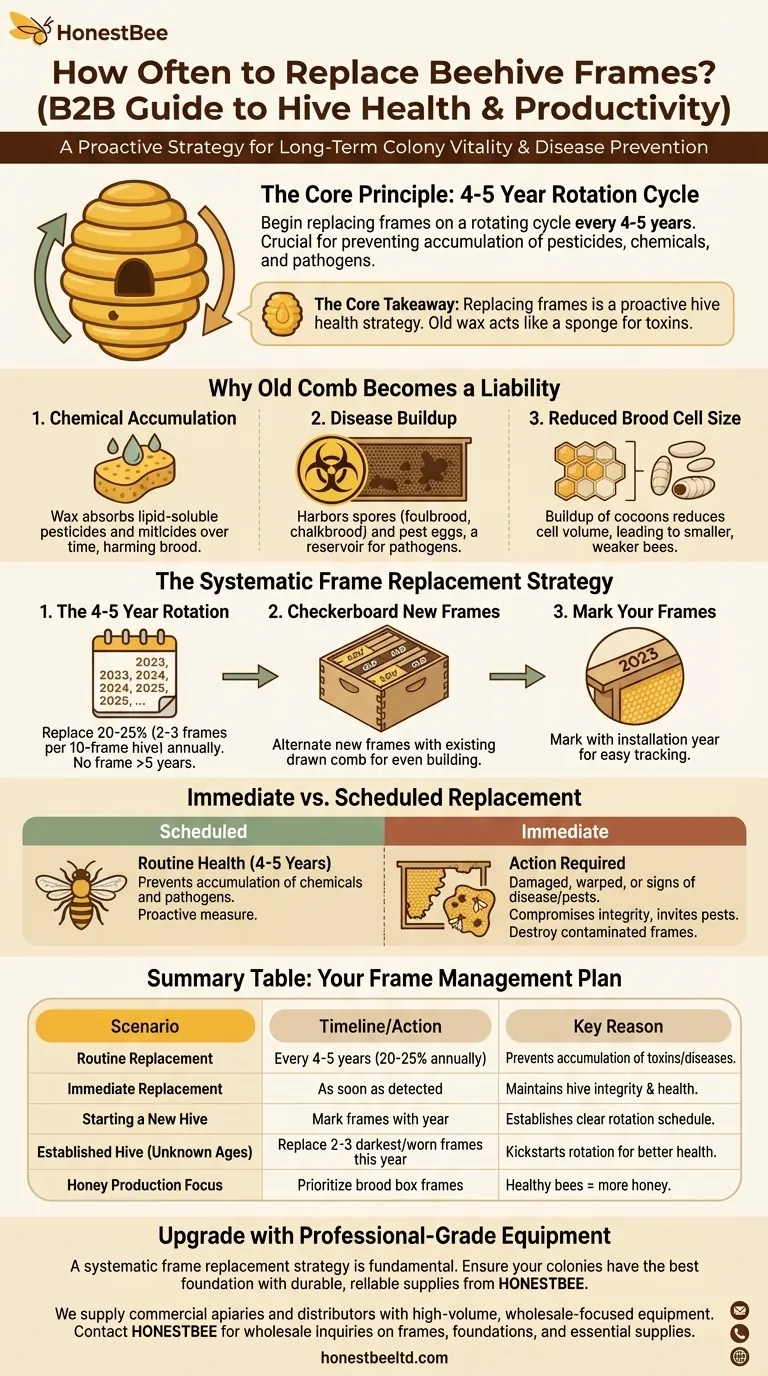
Related Products
- Wholesales Dadant Size Wooden Bee Hives for Beekeeping
- Professional Galvanized Steel Frame Rest for Beehives
- Professional Galvanized Hive Strap with Secure Locking Buckle for Beekeeping
- 7 x Auto Bee Flow Hive Frames Plastic Beekeeping Hive Box Supplies
- Automatic Honey Flow Beehive 4 Frame Mini Hive for Beekeeping
People Also Ask
- What types of products are available for beekeeping needs? Essential Equipment for Apiaries & Distributors
- What are the characteristics of oil-based paint for beehives? Durability vs. Modern Practicality
- What are the essential pieces of equipment for most beekeepers? Get Started with the Right Gear
- What should you do if you find an ant nest near your beehive? Essential Strategies for Hive Protection
- What are the advantages of wooden bee hives? Superior Bee Health & Beekeeper Flexibility

